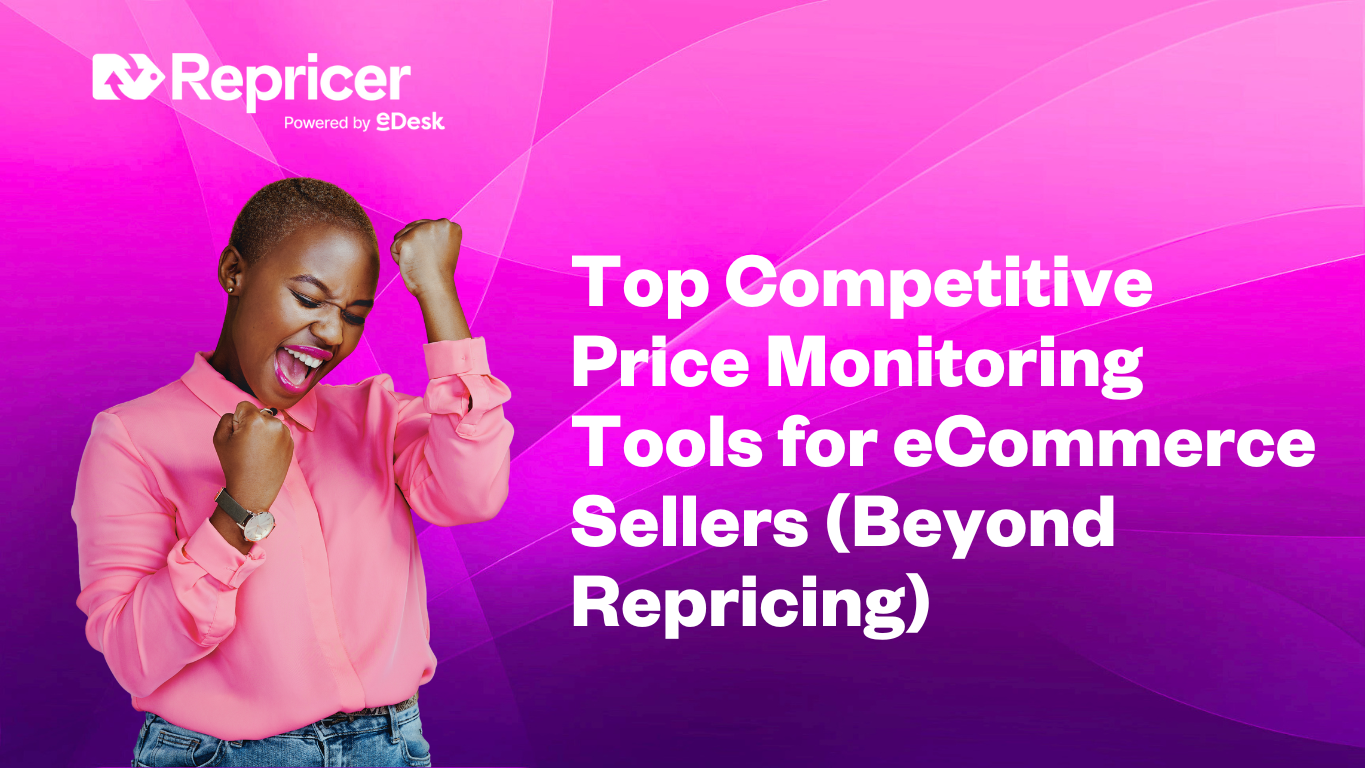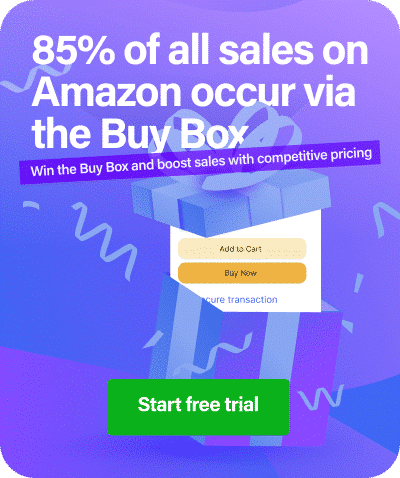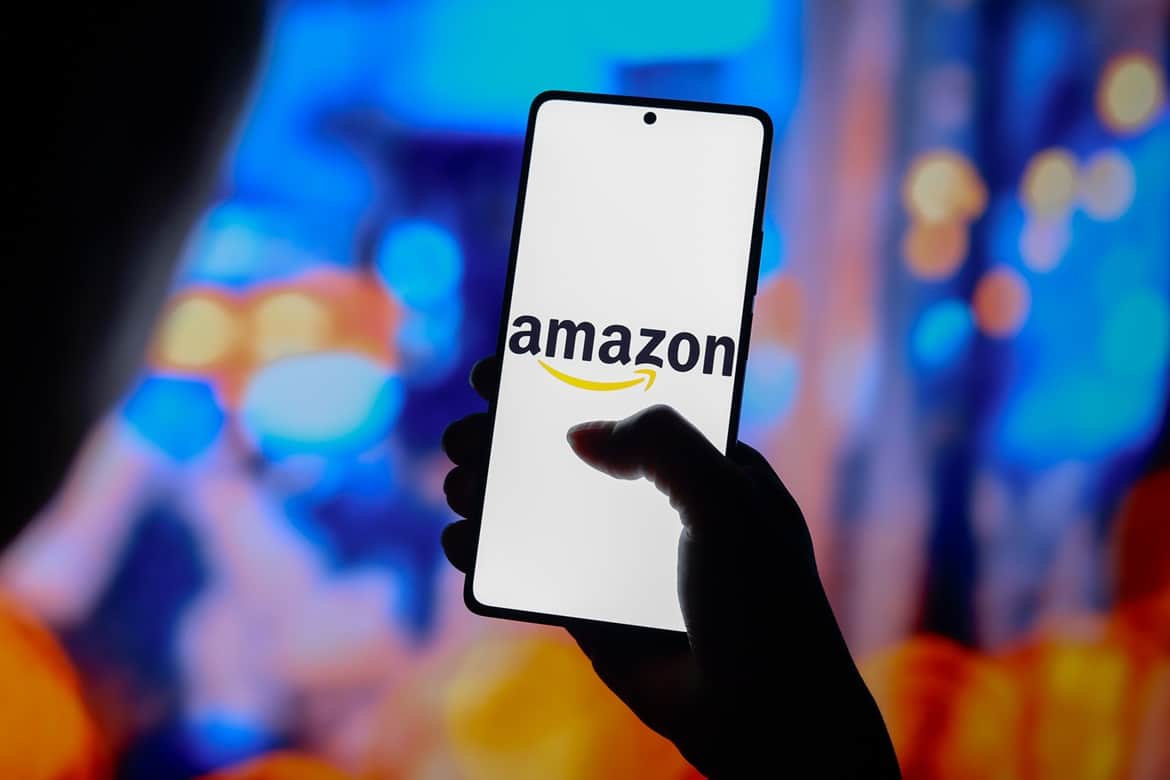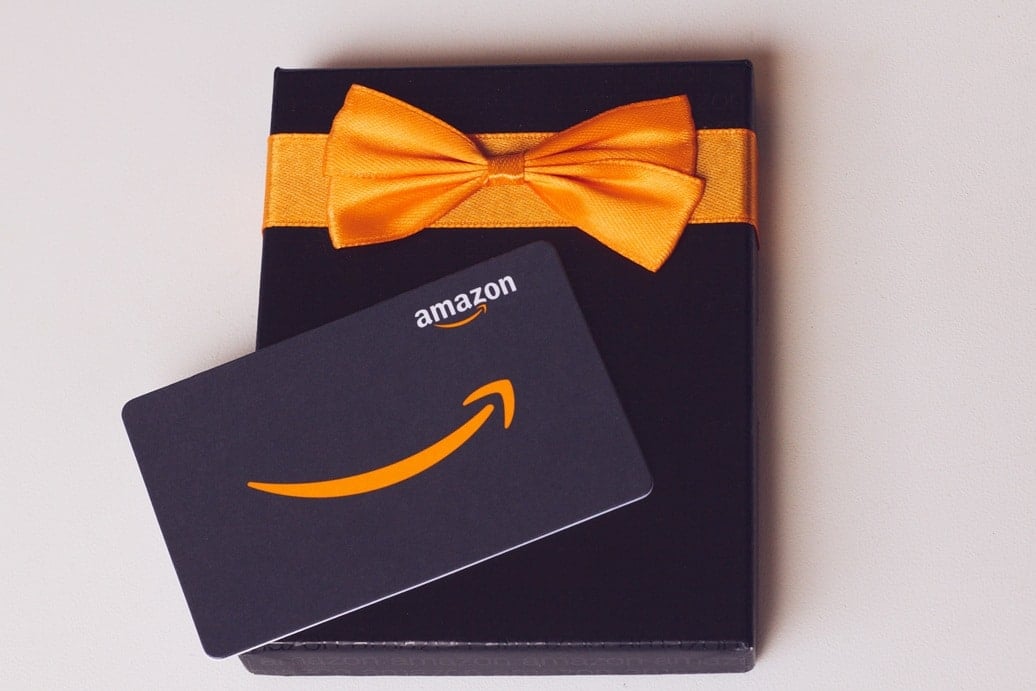Consider this: You’ve spent weeks perfecting your product listings, optimizing your inventory, and launching targeted ads. Sales are starting to pick up, but then you notice something troubling. Your conversion rates are dropping, and customers are abandoning their carts. After some digging, you discover that a competitor has undercut your prices by just 5%, and shoppers are flocking to their store instead.
This scenario plays out thousands of times daily in the eCommerce world. With almost 90% of online shoppers in the US making their buying decisions based on price and over 85% comparing prices before making a purchase, staying on top of competitor pricing isn’t just helpful—it’s essential for survival.
The solution? Competitive price monitoring tools that give you the intelligence you need to make informed pricing decisions. But here’s the key: monitoring is just the first step. The real competitive advantage comes from acting on that intelligence quickly and strategically.
Why eCommerce Price Monitoring Matters More Than Ever
The eCommerce landscape has never been more competitive. Global eCommerce sales will account for $6.86 trillion in 2025, which is an 8.37% increase from 2024, creating massive opportunities but also intensifying competition. In this environment, pricing decisions can make or break your business.
Effective price monitoring provides three critical benefits:
Market Intelligence: Understanding how your products are positioned against competitors helps you identify gaps in the market and opportunities for growth. When you can see the full pricing landscape, you can spot trends before they become industry-wide shifts.
Profit Optimization: According to a study by Price2Spy, by switching to a competitive intelligence tool, you can save up to 92% of your labor costs while making more informed pricing decisions. This efficiency allows you to focus on strategy rather than manual data collection.
Real-Time Responsiveness: In fast-moving markets, the ability to respond quickly to competitor price changes can mean the difference between winning and losing sales. Automated price checking ensures you never miss critical market movements.
Types of Competitive Price Monitoring Solutions
Manual Price Tracking Tools
These basic tools help you track competitor prices on a smaller scale. While they require more hands-on management, they’re often sufficient for businesses with limited product catalogs or those just starting with competitive intelligence.
Best for: Small businesses with under 100 SKUs that need basic competitor price scraping tools functionality.
Dedicated Price Intelligence Platforms
Comprehensive market pricing intelligence platforms that specialize in data collection and analysis. These tools excel at gathering vast amounts of pricing data and presenting it in actionable formats.
Key Features:
- Price history tracking across multiple timeframes
- MAP violation detection to protect brand integrity
- Assortment gap analysis to identify missing opportunities
- Advanced analytics and reporting dashboards
Best for: Medium to large businesses that need deep market insights but handle pricing strategy internally.
Automated Repricing Tools with Monitoring Capabilities
These solutions combine price monitoring with automated action. Rather than just telling you what competitors are doing, they help you respond immediately with dynamic pricing insights and automated price adjustments.
Best for: Businesses that want to turn intelligence into immediate action while maintaining control over pricing strategy.
Top Competitive Price Monitoring Tools for 2025
Prisync
Prisync offers robust competitor price tracking with dynamic pricing suggestions. The platform provides URL-based and channel-based monitoring, making it flexible for different business models. Starting at $99 per month, it’s positioned for mid-market retailers who need comprehensive ecommerce price tracking software.
Strengths: Strong reporting features and integration capabilities
Considerations: A higher price point may not suit smaller businesses
Price2Spy
This platform emphasizes real-time price tracking and competitor insights with price elasticity analysis. Price2Spy is particularly strong at automating price checking across multiple marketplaces simultaneously.
Strengths: Excellent marketplace coverage and price elasticity insights
Considerations: The interface can be complex for new users
DataWeave
DataWeave focuses on enterprise-level competitive price monitoring with AI-powered product matching. Their platform can track millions of SKUs across hundreds of competitors with up to 95% data accuracy.
Strengths: Enterprise-scale capabilities and high accuracy rates
Considerations: Pricing and complexity may exceed smaller business needs
Intelligence Node
Their PriceIntelligence AI tool offers automated price monitoring specifically designed for Shopify retailers. The platform uses artificial intelligence to monitor websites and suggest price adjustments.
Strengths: AI-driven insights and Shopify optimization
Considerations: Limited to specific platform integrations
The Next Step: From Monitoring to Action
While these tools excel at gathering competitive intelligence, they share a common limitation: they stop at information. You’ll know what your competitors are doing, but you’ll still need to manually implement pricing changes across your platforms.
This is where automated repricing solutions like Repricer bridge the gap between intelligence and action. Repricer doesn’t just monitor competitor prices—it includes comprehensive competitor tracking capabilities while also providing the automation to act on that intelligence instantly.
Here’s how Repricer transforms price monitoring into competitive advantage:
Built-in Competitor Intelligence: Track competitor prices, stock levels, and promotional activities across multiple channels without needing separate monitoring tools.
Dynamic Response: Instead of manually adjusting prices based on monitoring data, Repricer automatically responds to market changes using sophisticated Repricing Strategies that you control.
Comprehensive Analytics & Reporting: Get detailed insights into how your pricing changes impact sales performance, profit margins, and market position.
Full Feature Integration: Combine monitoring, analysis, and action in one platform with Repricer Features designed specifically for eCommerce sellers.
Promotions Monitoring and Seasonal Strategy
One often overlooked aspect of competitive intelligence is promotions monitoring. eCommerce sales spike during the holidays, and eCommerce brands compete hard to get their share of the pie during these times. Effective monitoring tools should track not just regular prices but also:
- Limited-time discounts and flash sales
- Bundle pricing and promotional offers
- Seasonal pricing patterns
- Holiday and event-based price changes
Understanding these promotional patterns helps you time your own campaigns for maximum impact while avoiding unprofitable price wars.
Implementing Your Price Monitoring Strategy
Success with competitive price monitoring requires more than just choosing the right tool. Consider these implementation best practices:
Start with Your Core Competitors: Focus on 3-5 direct competitors rather than trying to monitor everyone in your space.
Balance Frequency with Resources: Daily monitoring may be overkill for stable markets, while fast-moving categories might need hourly updates.
Combine Data with Strategy: Raw pricing data is only valuable when combined with your business objectives, margin requirements, and market positioning goals.
Plan for Action: Before implementing monitoring, establish clear protocols for how you’ll respond to different scenarios.
Conclusion: Intelligence Plus Action Equals Results
Competitive price monitoring tools are essential for modern eCommerce success, but they’re just the beginning. The businesses that thrive are those that can quickly transform market intelligence into strategic action.
Whether you start with a dedicated monitoring platform or jump directly to a comprehensive solution like Repricer that combines intelligence with automated response, the key is to start monitoring systematically and plan for how you’ll act on the insights you gather.
In today’s fast-paced eCommerce environment, knowing what your competitors are doing is table stakes. The real competitive advantage belongs to businesses that can respond faster, smarter, and more strategically than everyone else.
Ready to move beyond just monitoring to automated competitive pricing? Discover how Repricer can transform your pricing intelligence, giving you an immediate competitive advantage.





